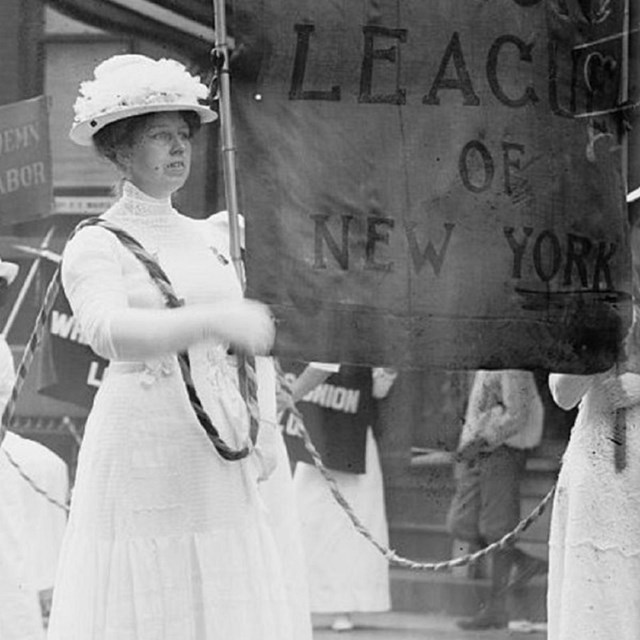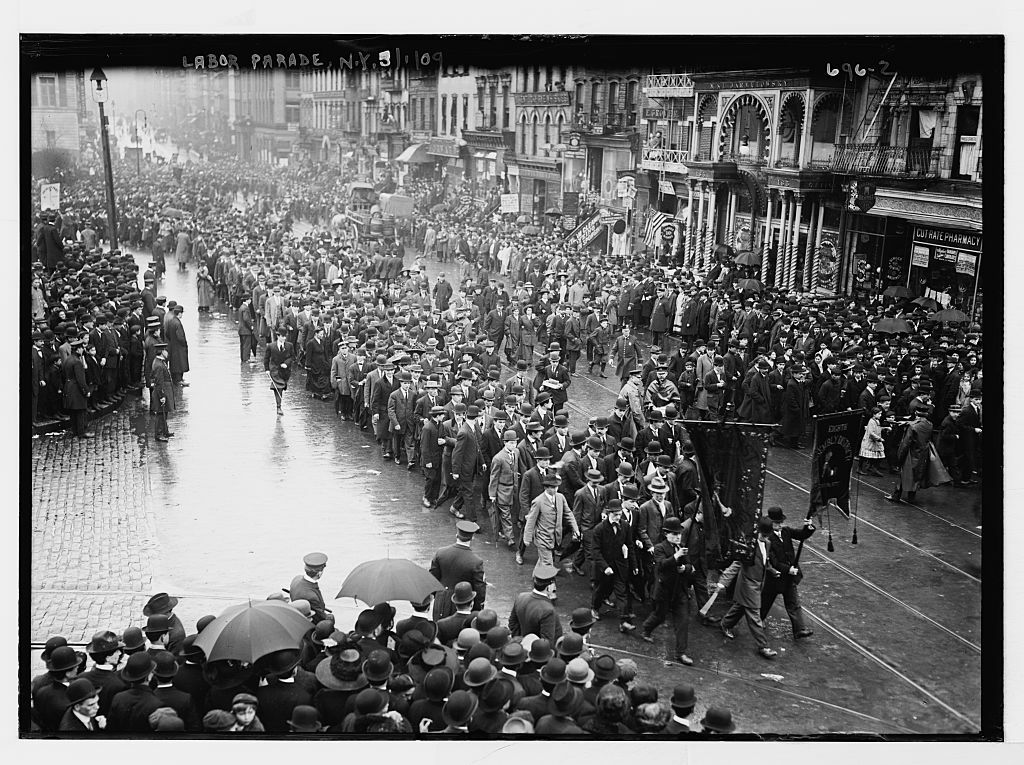When we talk about the history of labor and workers’ rights movements, we are delving into a rich tapestry of events and struggles that have shaped the modern workforce. From the early labor unions to the fight for fair wages and working conditions, the history of labor and workers’ rights movements is a story of resilience, solidarity, and the pursuit of justice.
Early Beginnings
The roots of the labor movement can be traced back to the Industrial Revolution, a period of rapid industrialization and urbanization that led to widespread exploitation of labor. Workers toiled in hazardous conditions for long hours and meager wages, prompting the emergence of labor unions and collective action as a means of addressing these injustices.
One of the earliest labor movements in the United States was the formation of the National Labor Union in 1866, which advocated for an eight-hour workday and better working conditions for workers across various industries. This marked the beginning of organized efforts to protect the rights and well-being of the labor force.
The Fight for Workers’ Rights
As the labor movement gained momentum, so did the struggles for workers’ rights. Throughout the late 19th and early 20th centuries, labor activists and reformers campaigned for legislative protections, leading to landmark policies such as the Fair Labor Standards Act of 1938, which established the minimum wage and overtime pay requirements.
One of the most significant events in the quest for workers’ rights was the rise of the American labor movement, epitomized by the formation of the American Federation of Labor (AFL) in 1886. This marked a turning point in the fight for labor rights, as the AFL played a pivotal role in advocating for fair wages, workplace safety, and collective bargaining rights.
:max_bytes(150000):strip_icc()/dotdash-the-history-of-unions-in-the-united-states-Final-1-157c6801eca54d4eaef976d1eac271ea.jpg)
Credit: www.investopedia.com
Key Figures and Milestones
Throughout history, there have been numerous influential figures and pivotal moments that have shaped the labor and workers’ rights movements. Leaders like Eugene V. Debs, a prominent labor organizer and socialist, and Mother Jones, a fierce advocate for workers’ rights, played instrumental roles in advancing the cause of labor justice.
Additionally, pivotal events such as the Haymarket Affair of 1886, where labor activists advocated for an eight-hour workday, and the Flint sit-down strike of 1936-1937, which propelled the labor movement to new heights, serve as defining milestones in the ongoing struggle for workers’ rights.

Credit: www.nps.gov
Modern Challenges and Opportunities
Despite the progress made in securing labor rights, the modern workforce continues to face its own set of challenges. Issues such as income inequality, precarious employment, and the gig economy have underscored the need for continued advocacy and activism to uphold workers’ rights in the 21st century.
Nevertheless, the history of labor and workers’ rights movements offers valuable lessons and insights for the present and future. By understanding the legacy of past struggles and achievements, we can actively work towards ensuring fair and dignified conditions for all members of the workforce.
Frequently Asked Questions For Explore The History Of Labor And Workers’ Rights Movements.
What Is The History Of Labor Movements?
Labor movements date back to the Industrial Revolution, aiming to secure worker’s rights, fair wages, and better working conditions.
Who Led The Workers’ Rights Movements?
Prominent figures like Eugene V. Debs, Cesar Chavez, and Susan B. Anthony played pivotal roles in leading workers’ rights movements.
What Is The Significance Of The Labor Movement?
The labor movement has brought significant changes, including the establishment of minimum wages, eight-hour workdays, and improved safety regulations.
How Did Labor Unions Impact Workers’ Rights?
Labor unions have acted as collective bargaining entities, negotiating better wages, improved benefits, and workplace safety measures for workers.
Conclusion
In conclusion, the history of labor and workers’ rights movements represents a profound legacy of resilience, solidarity, and determination in the face of adversity. From the early struggles of the Industrial Revolution to the landmark achievements of the modern labor movement, the ongoing pursuit of justice and fairness continues to define the narrative of labor rights. By acknowledging this history, we can collectively work towards a future where the rights and well-being of workers are upheld and safeguarded.
Guest Author Sakhawat-Shuvo wrote and edited this Article based on his best knowledge and understanding. These opinions and remarks are not endorsed or guaranteed by epichistoria.com or EpicHistoria. The Epic Historia does not guarantee this article’s content. Readers should verify and use their judgment before trusting the content. Also, the Images used in this Article are the copyright of their Respective Owners. Please use our Comment Box or Contact Us form to report this content. This information is not accountable for losses, injuries, or damages.

